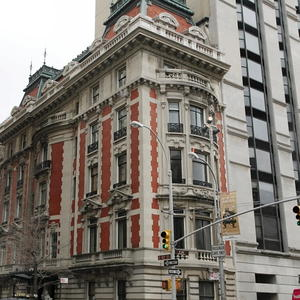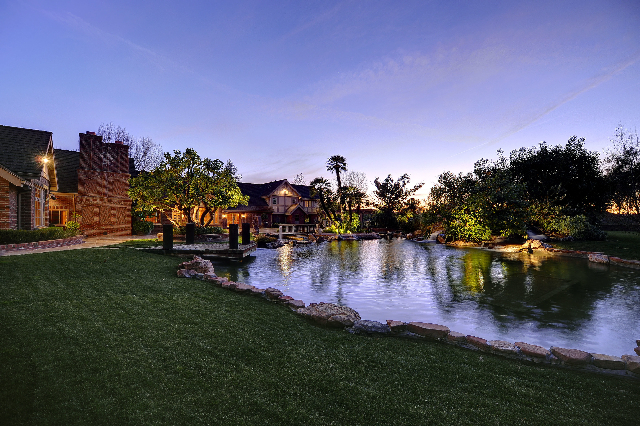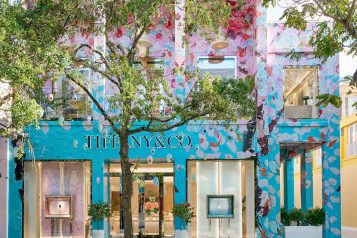The historic Fifth Avenue townhouse previously belonging to the family of Doris Duke was sold four years ago to a Russian sold tycoon for $40 million and now it is back on the market for $50 million.
The Duke-Semans mansion that is located on the corner of Fifth Avenue and 82 Street is an eight-level Beaux-Arts-style mansion built in 1901 by Dukes ancestors. The home had remained in the family until it was sold to Tamir Sapir for $40 million in 2006. Sapir was famously a cab driver before making his way up in the world to becoming one of the world’s 500 richest men, and his acquisition of the townhouse in New York City was one of his most spectacular “made-it” moments.
Sapir had originally not planned to move into the home when he bought it, instead hoping to use it as a museum for his collection of ivory carvings and other valuable works of art. Unfortunately, that didn’t happen either, and the infamous home remained vacant for four long years.
As one of the only three private residences that exist along the avenue, the townhouse is the only one to actually make it to the market in years, making it an absolute gem for someone to snatch up while the opportunity has presented itself.
Currently, the townhouse is split into a penthouse duplex apartment on top of a five-story unit with a doctor’s office in the basement. It features an impressive 12 bedrooms and 14 bathrooms and there are 11 wood-burning fireplaces too boot.
The top floors feature views in all four directions with “rooms bathed in sunlight.” On the upper floors, it has views in all four directions, with rooms bathed in sunlight. There are three separate entranceways, with a Gothic-themed marquee overlooking the main door.
It’s believed that Sapir is selling due to his “vast fortune being battered in the current economic downsizing.” The New York Post reports that while he was in fact once among the world’s 500 richest people, according to Forbes he has slipped to 785th in the past year, when his “fortune dwindled to $1.5 billion.
Sapir made his fortune after a stint as a cab driver when he arrived in the U.S. in the 1970s. He went into business exporting electronics to the Soviet Union and when the Communist empire collapsed, “Sapir greatly expanded his riches in the oil industry.” After that, he tried his hand at New York real estate, buying office towers around the city.




















